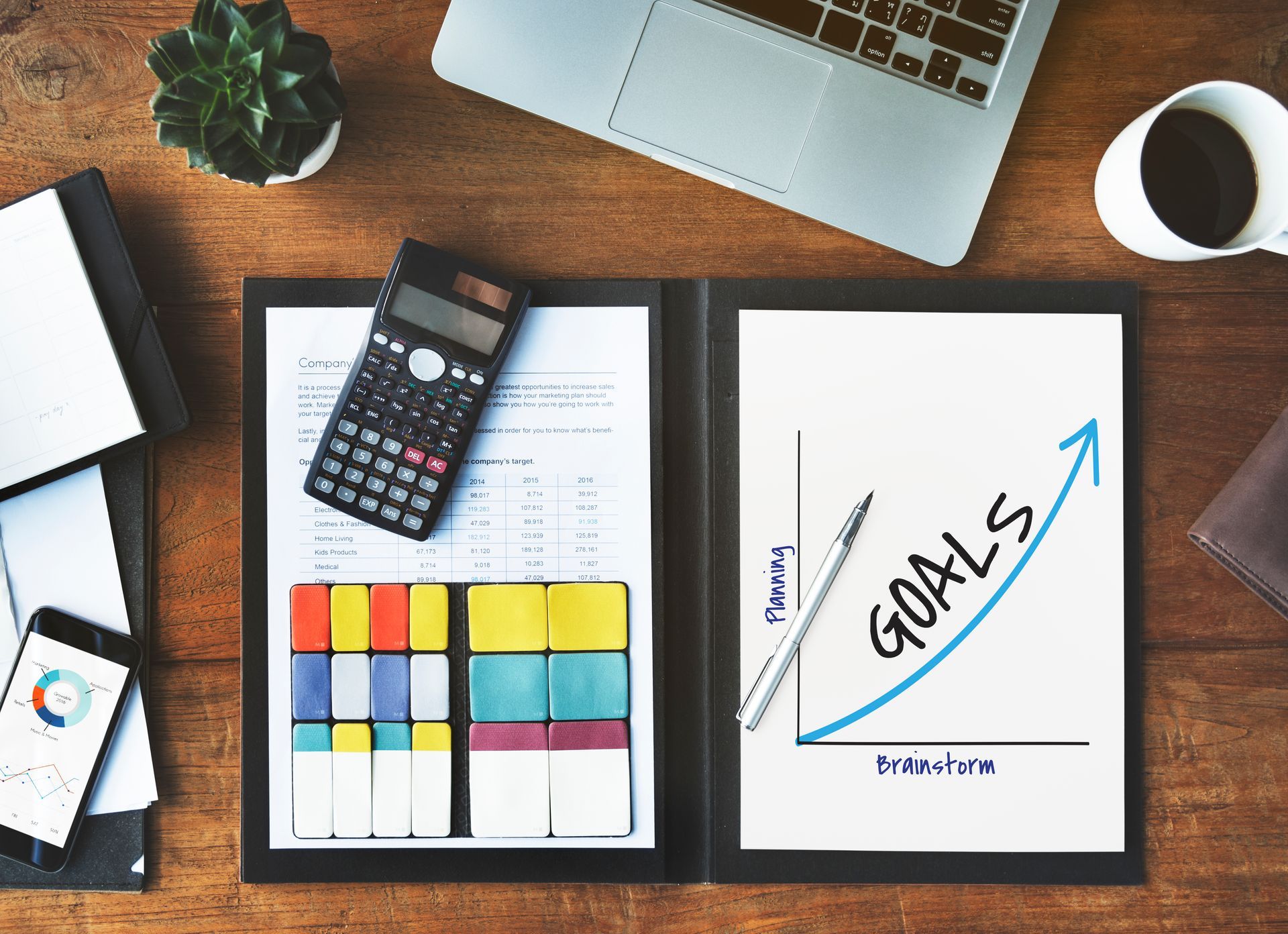Jan/Feb 2023 Newsletter

Super guarantee contributions for the December 2022 quarter
A reminder to employers that their December 2022 superannuation guarantee (‘SG’) contributions were due by 28 January 2023.Do not forget the two changes to SG that commenced on 1 July 2022:
- the rate increased from 10% to 10.5%
- employees no longer need to earn $450 per month to be eligible.
Employers now need to make super contributions for all eligible employees, regardless of how much they were paid – their earnings amount is not relevant. However, employees who are under 18 still need to work more than 30 hours in a week to be eligible.
Electric vehicle FBT exemption legislation is now law
Legislation to make certain electric vehicles exempt from Fringe Benefits Tax (‘FBT’) has now been enacted into law. Certain zero or low emissions vehicles provided as a car benefit on or after 1 July 2022, can be exempt from FBT. For this exemption to apply various criteria need to be satisfied. The car needs to have been both held and used for the first time by the employer on or after 1 July 2022 and it cannot have been subject to the luxury car tax when it was purchased.
For the 2023 income year, to qualify for this exemption, the car needs to cost less than the luxury car tax threshold for fuel efficient vehicles of $84,916. A vehicle is a zero or low emissions vehicle if it satisfies both of these conditions:
- It is a:
– battery electric vehicle; or
– hydrogen fuel cell electric vehicle; or
– plug-in hybrid electric vehicle.
- It is a car designed to carry a load of less than 1 tonne and fewer than 9 passengers (including the driver).
Motorcycles and scooters are not cars for FBT purposes and do not qualify for the exemption, even if they are electric. Please note that in relation to plug-in hybrid electric vehicles, there is a specific limitation on the FBT exemption. From 1 April 2025, a plug-in hybrid electric vehicle will not be considered a zero or low emissions vehicle under FBT law. There are special provisions allowing the exemption to continue when a plug-in vehicle was provided as an exempt benefit under an agreement entered into before 1 April 2025 that continues after this date.
Although the private use of an eligible electric car is exempt from FBT, an employer still needs to include the notional value of the benefit when working out whether an employee has a reportable fringe benefits amount (‘RFBA’). An employee has an RFBA if the total taxable value of certain fringe benefits provided to them (or their associate) is more than $2,000 in an FBT year. The RFBA must be reported through Single Touch Payroll or on the employee's payment summary. The amount of an RFBA reported for an employee is not added to an employee’s taxable income for determining income tax and Medicare Levy liabilities. However, it is added to an employee’s taxable income for calculating Medicare Levy Surcharge liability, and is included in income tests for family assistance, child support assessments, and some other government benefits and obligations.
Further eligibility age change for downsizer contributions
In another recent legislative change, the eligibility age to make a downsizer contribution into superannuation has been reduced to 55 from 1 January 2023. This further reduces the downsizer eligibility age, which changed from 65 to 60 from 1 July 2022. From 1 January 2023, eligible individuals aged 55 years or older can choose to make a downsizer contribution into their super fund of up to $300,000 per person ($600,000 per couple) from the proceeds of selling their home that has been held for at least 10 years and qualifies for at least a partial main residence exemption.
There are no changes to the remaining eligibility criteria.
Key dates for downsizer contributions:
- Eligible individuals aged 55 years or older can make a downsizer contribution from 1 January 2023.
- For any downsizer contributions made between 1 July 2022 and 31 December 2022, eligible individuals must be aged 60 years or older at the time of making their contribution.
- Prior to 1 July 2022, the eligibility age was 65 years and over.
Other important information to consider for 55-59 year olds:
- Individuals have 90 days from receiving the sale proceeds of their home to make a downsizer contribution.
This means if an individual receives the proceeds of sale prior to 1 January 2023, they can make their contribution after 1 January 2023, so long as they are still making it within 90 days of receiving the proceeds. - If 1 January 2023 falls outside of their 90 day window to make a downsizer contribution, they will not be eligible. It is unlikely the ATO would grant an extension of time in these circumstances.
Unlike most other contributions into superannuation, there is no upper age limit for being eligible to make a downsizer contribution. Even a 95 year could make a downsizer contribution, and there is no need to satisfy the work test!
Builder unable to obtain refund of incorrectly charged GST
The Administrative Appeals Tribunal has held that a builder was unable to receive a refund of GST incorrectly charged on the sale of a residential premises that had been rented for just over five years since construction was complete. The taxpayer claimed the GST charged on a unit was charged in error, on the basis that the sale was actually an input taxed supply. Accordingly, the taxpayer sought a refund of the GST previously remitted to the ATO on the unit.For residential premises to fall outside the definition of ‘new residential premises’ and therefore be input taxed rather than a taxable supply, it needs to meet the requirements of S.40-75(2)(a) of the GST Act.
Broadly, to meet the requirements of this section there needs to have been a continuous five-year period since the premises first become residential premises, during which the premises have “only been used for making supplies that are input taxed” (i.e., being used as a rental property). Unfortunately for the builder, this requirement was not satisfied because the unit was also marketed for sale a few months before the completion of the five-year period since the issue of the certificate of occupancy.
A lesson to be learnt here is that any time a residential premises is both rented and on the market for sale it does not meet the requirements to count towards the five-year continuous period that it has “only been used for making supplies that are input taxed.”
MPORTANT: This communication is factual only and does not constitute financial advice. Please consult a licensed financial planner for advice tailored to your financial circumstances. Please also note that many of the comments in this publication are general in nature and anyone intending to apply the information to practical circumstances should seek professional advice to independently verify their interpretation and the information’s applicability to their particular circumstances. Should you have any further questions, please email us at RGA Business and Tax Accountants at reception@rgaaccounting.com.au . All rights reserved. Brought to you by RGA Business and Tax Accountants. Liability Limited by a scheme approved under Professional Standards Legislation









